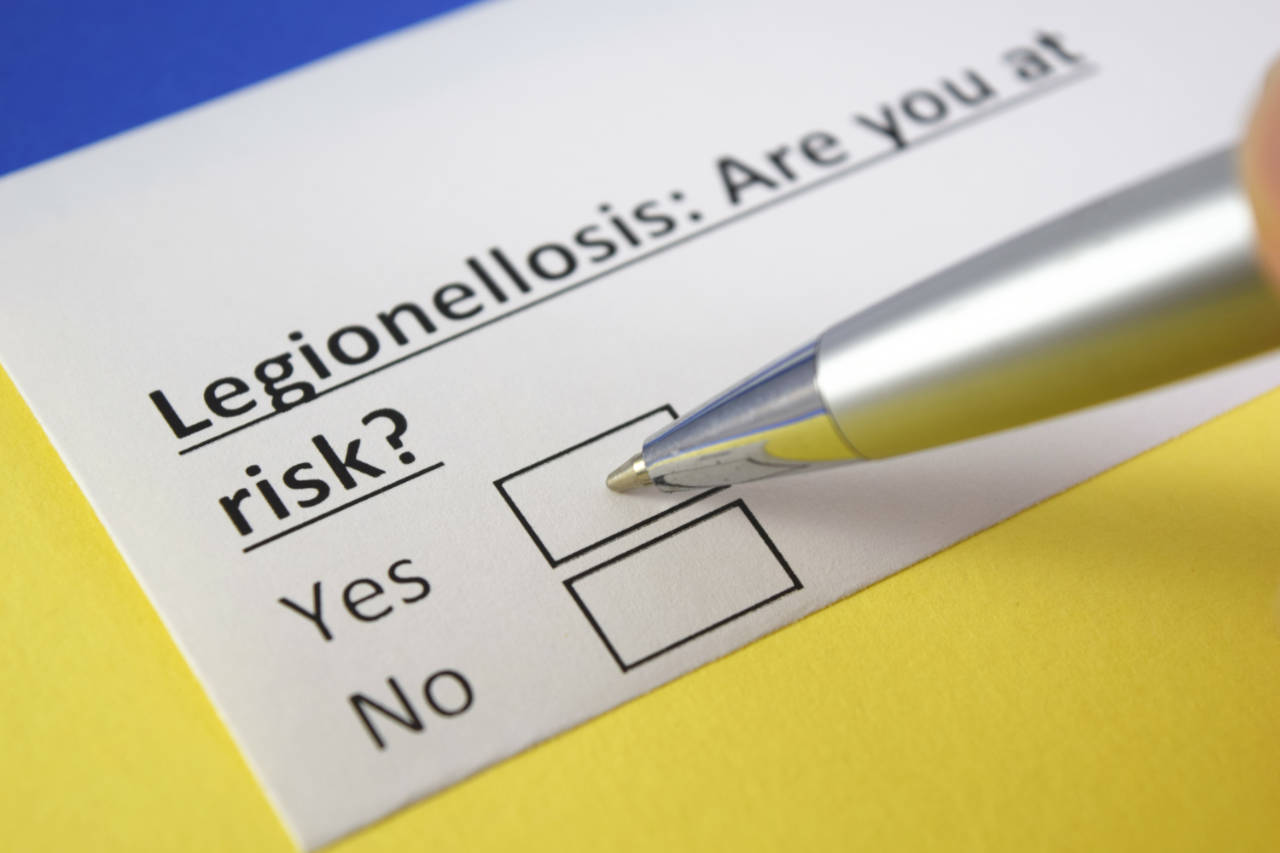
In 1976, 221 people in Philadelphia, USA, were struck down with a ‘mystery disease’ – 34 of the 221 people died. All 221 had attended a convention of the American Legion. In January of the following year, the causative agent was identified as a previously unknown bacterium and was subsequently named Legionella.
Infection usually occurs through inhalation of aerosol (fine airborne particles) containing the Legionella bacteria. These particles could come from an infected water source and become airborne when mechanical action breaks surface water, causing water droplets to evaporate.
Common contaminated water sources can include air conditioning, showers, spas, water features and fountains, air humidifiers, and misting machines – all public use appliances and facilities. Legionella is often found in hotels, hospitals, prisons and cruise ships due to its complex water and cooling systems. With a fatality rate from 5% to 50%, it’s not surprising that outbreaks receive significant media attention.
Help control exposure to Legionella with our IOSH Approved Legionella Awareness Training course, including the importance of Legionella risk assessments and duty holder responsibilities.
What can be done to minimise the risk within your business?
The human and financial cost of an outbreak of Legionnaire’s disease for any business would be significant. Any health and safety management system can include basic preventative measures, such as conducting Legionnaires’ risk assessments.
The Health Service Executive (HSE) has produced a guide on how to manage the risk within your system – Legionnaires’ disease: The control of Legionella bacteria in water systems (L8)
The responsibility to manage the risk of Legionnaire’s disease lies with the employer or the person in control of the premises. With this in mind, you must understand how to:
- Identify and assess sources of risk
- Prevent or manage any risks
- Keep the correct records
- Carry out any other duties with regards Legionella risks
Legionnaires’ disease FAQs
What are Legionnaires’ disease symptoms?
The symptoms of Legionnaire’s disease can include a high temperature, fever/chills, muscle pains, headaches and a cough. If the condition worsens, symptoms can also include pneumonia (very occasionally), mental confusion and diarrhoea. The NHS has more information about Legionnaire’s disease.
Symptoms can begin to show anywhere between 2 and 14 days after exposure to the Legionella bacteria, although it may take longer in some cases.
Read more about Legionella with our in-depth guide to Legionella, its causes and how to manage Legionella in premises.
How long does it take to recover from Legionnaires’?
Typical antibiotic treatments for Legionnaire’s disease last between 1 to 3 weeks. A majority of cases make a full recovery, however, it may take a few weeks for them to feel back to normal.
How do you contract Legionnaires’ disease?
The most common way for Legionella bacteria to infect a person is by inhaling infected airborne water droplets. The disease can be contracted less commonly by aspirating the bacteria when drinking infected water (when water accidentally gets into the lungs). The bacteria is not contagious and cannot be passed from person to person.
What should my Legionnaires’ risk assessment include?
A Legionnaires’ risk assessment should include the following;
- Management responsibilities, including the name of the competent person and a description of your system
- Competence and training of key personnel
- Any identified potential risk sources
- Any means of preventing the risk or controls in place to control risks
- Monitoring, inspection and maintenance procedures
- Records of the monitoring results and inspection and checks carried out
- Arrangements to review the risk assessment regularly, particularly when there is reason to suspect it is no longer valid
If you have carried out all of the above in your Legionnaires’ risk assessment and concluded that the risk is insignificant, you can consider your assessment complete. However, it would be advisable to review your process periodically in case there have been any changes within your system.
Get expert, specialist advice with Praxis42’s Legionella Water Risk Assessment service. A competent person can visit your premises to determine if a full Legionella risk assessment and prevention plan must be established.
